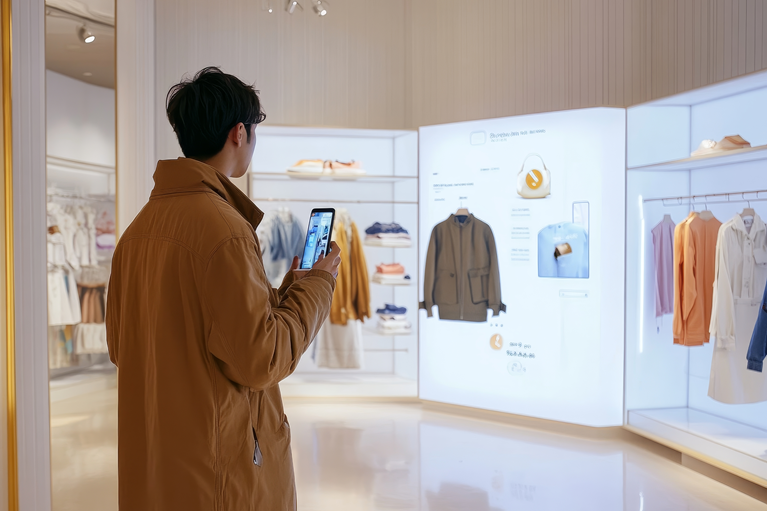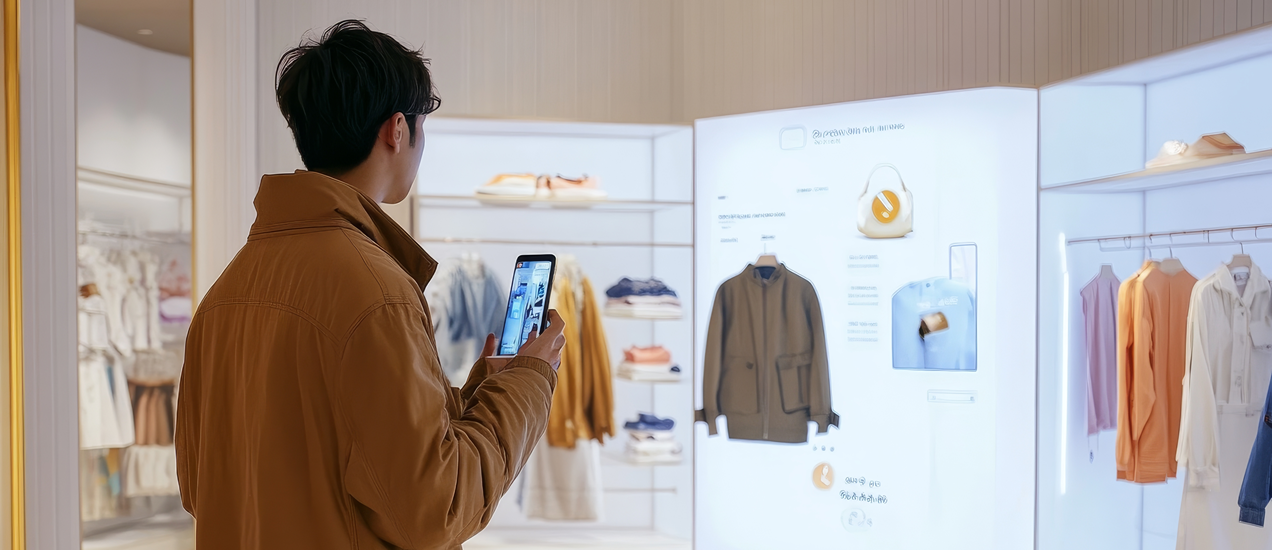What makes a brand your favourite? Is it its popularity, functionality, features, or a sense of belonging to a community?
We have left behind the times when a product or service's intrinsic value largely determined its brand. Today, brands are driven by narratives. But what drives these narratives? Interactions and engagement between a brand and its customers.
Social media has enabled two-way communication between brands and customers, opening up many opportunities and vulnerabilities. While brands are being held liable for everything from their views to service, they also have access to an unprecedented data source and feedback loop.
Microsoft, for instance, had to roll back its chatbot Tay after a major online backlash. On the other hand, brands like Nike, Spotify, Sephora, Netflix, and Amazon are leveraging the insights from these channels to deliver next-level personalizations across their products and services.
Join us as we examine why personalization is critical to a brand's success and how it impacts its strategy and success!
Dawn of personalization
A brand built on a strong strategy will have a strong competitive advantage and build a strong recall value and lasting impression on customers. These factors drive customer loyalty, leading to higher engagement and brand popularity.
With the proliferation of social media platforms, a brand cannot control the customer-driven narrative. Additionally, customers interact with brands across channels and devices, making it extremely difficult to deliver seamless and personalized customer experiences.
The influx of data from various touchpoints further complicates the process, as tracking customer journeys and understanding buyer personas still demand significant resources.
However, recent advancements in AI, particularly Generative AI, have brought this once-distant goal closer to reality.
Brands must tweak their AI applications and move beyond basic recommendations based on past purchases. They can leverage AI and Gen AI to extract valuable customer insights and deliver hyper-personalized products and services. This would enable them to connect with their customers at a deeper level.
Extensive research and an active feedback loop can further complement this to refine brand strategy and deliver relevant personalization.
Why is personalization important in brand strategy?
If I asked you to name five brands, you would probably respond with Nike, Starbucks, Apple, Netflix, and Amazon. Do you know what they all have in common? They all excel at personalizing their products, services, and customer communications.
How do they do this? They understand their customers so that they can anticipate their needs and deliver products and services that align with the customer's emotions, needs, and behaviors. The old one-size-fits-all approach no longer works.
But if personalization is such a successful strategy, why do so many companies struggle to implement it? The reality is that personalization presents complex challenges.
Despite having access to the necessary technology for almost half a decade, brands have struggled to leverage personalization. Most brands invest in expensive software and end up taking a trial-and-error approach to personalization, which often fails to resonate with their customers.
The non-profit sector, for instance, has struggled to leverage personalization like the non-profit sector. Challenges like limited budgets, slow tech adoption and minimal data analytics capabilities have stalled the sector's progress on the personalization front.
Many non-profits still rely heavily on manual processes and generalized messaging rather than the tailored, data-driven approaches seen in other industries like retail or finance. While organizations like WWF and UNICEF are innovating on personalization, the sector can benefit from the widespread adoption of tech-driven personalization.
World Wildlife Fund (WWF) uses personalized landing pages and targeted emails based on donor interests, such as wildlife conservation or climate change. Meanwhile, UNICEF uses AI-driven chatbots to personalize communications with donors and volunteers, providing quick responses and engagement.
However, some sectors are leveraging technology to drive innovative personalization strategies. In the retail sector, for instance, e-commerce players have leveraged advanced technologies such as AI and machine learning to deliver personalized experiences that significantly enhance customer engagement and loyalty.
Brands like Nike and H&M have leveraged virtual and augmented reality solutions to help customers visualize and experience their products uniquely and engagingly.
H&M is experimenting with virtual fitting rooms that allow customers to visualize how clothes will look on them without trying them on physically. This digital innovation leverages AI to recommend outfits and sizes based on customer profiles and body types. Virtual style advisors within the app or online platform also offer personalized suggestions based on current fashion trends and customer preferences.
Nike uses data to adjust its marketing strategies dynamically. For instance, the brand can respond to real-time customer behavior, such as trends in search data or purchasing habits, to optimize product placements, offers, and customer messaging. This ensures that Nike stays relevant to each customer at every touchpoint in their shopping journey.
Integrating omnichannel strategies in retail has further boosted personalization efforts by ensuring a seamless and consistent customer experience across multiple touchpoints, fostering customer loyalty, and driving innovation.
Personalization with a difference
Ultra personalization is no longer a myth; it's possible, and Generative AI is making it so! Brands need to figure out how to embed personalization into the core of brand strategy, or they will be left behind in this dynamic process.
An innovative way for brands to add personalization to their brand strategy is through gamification, where customers can immerse themselves in fantasy worlds. Brands must adopt similar tactics and create relatable messaging and customer experiences.
Let’s end this blog with a simple question: Why aren't you gamifying your brand experiences so your customers can navigate their personalized brand universes? They can alter the narrative based on their preferences, leading to unique product or service recommendations.
Together, let's create narratives in which brands and customers interact in universes tailored to each customer's preferences!






